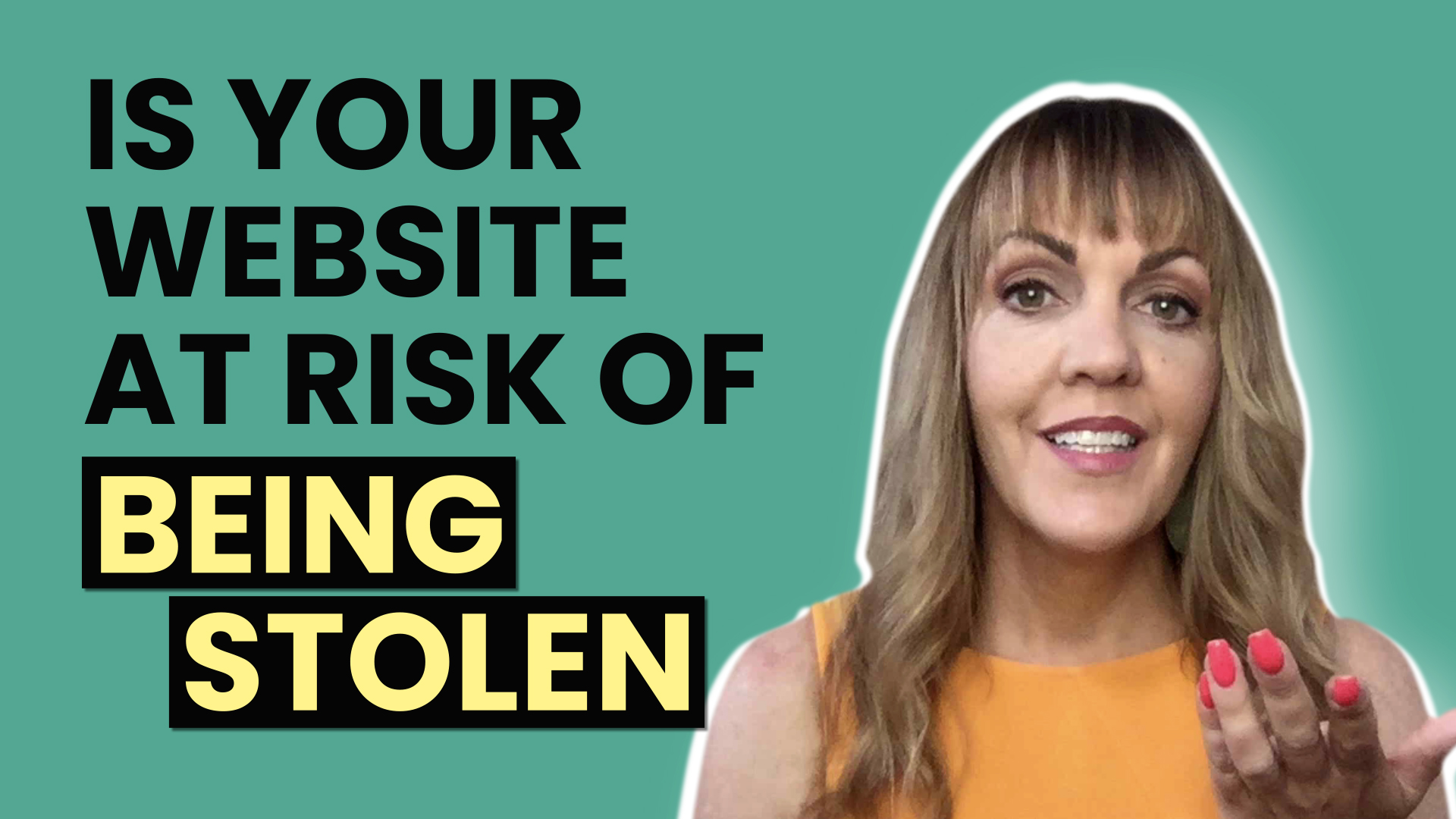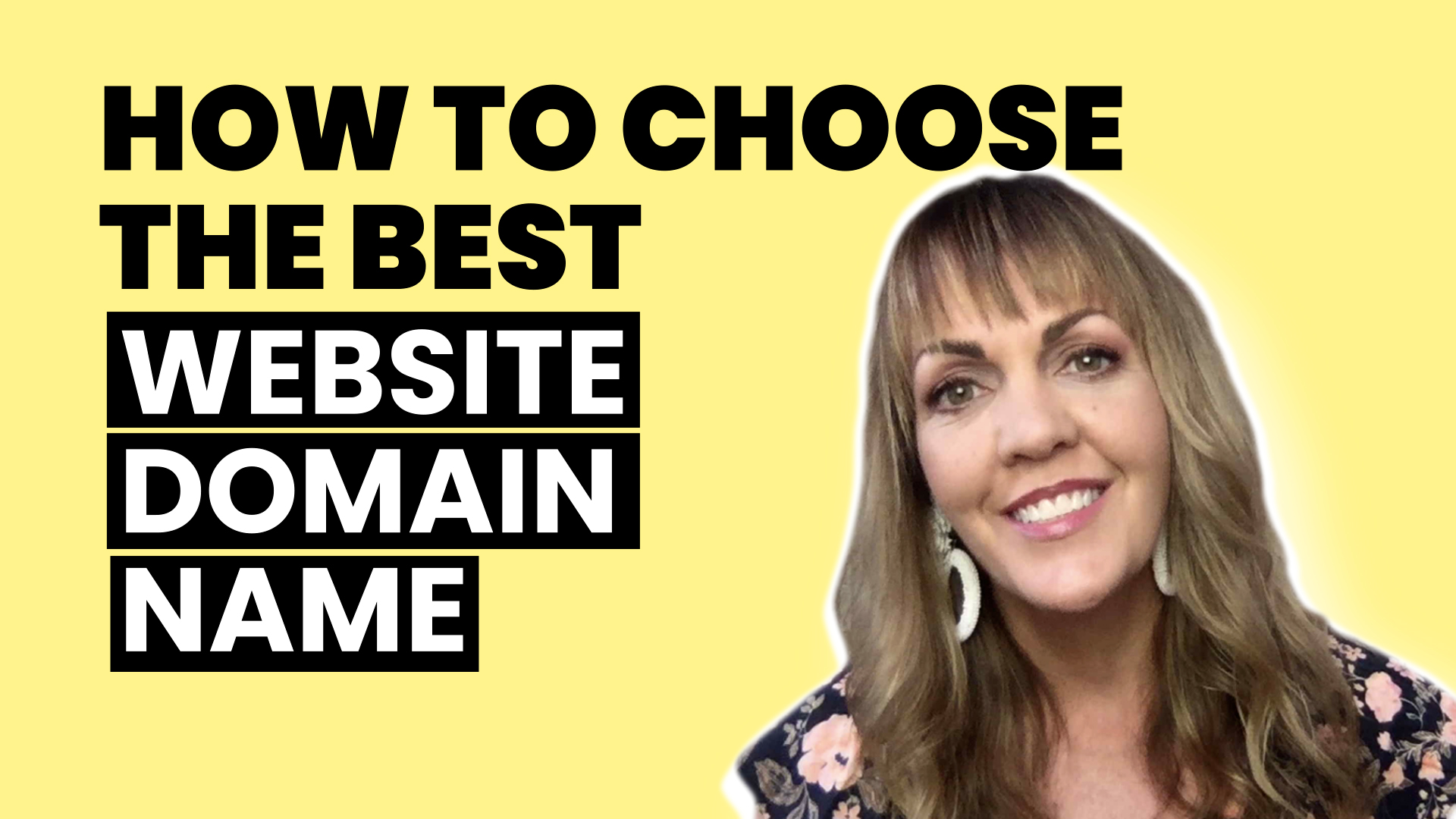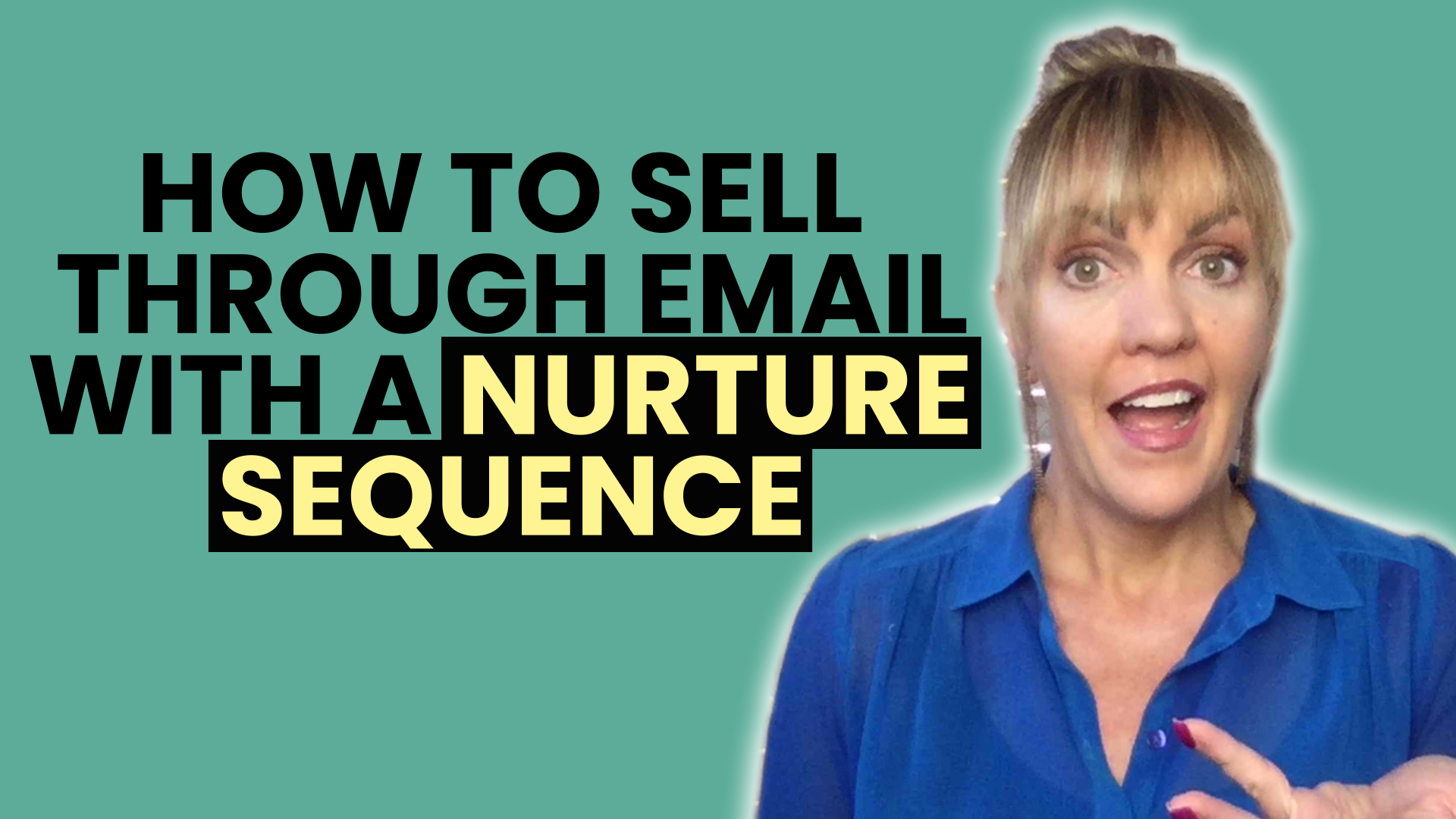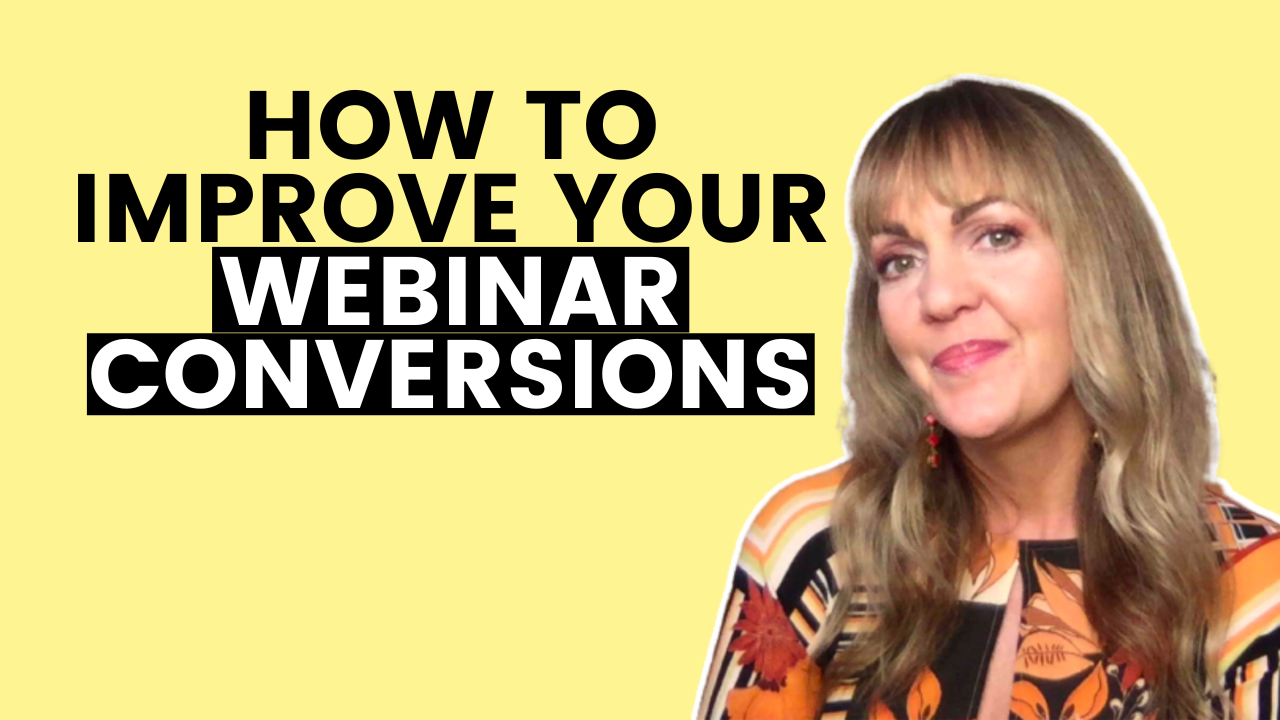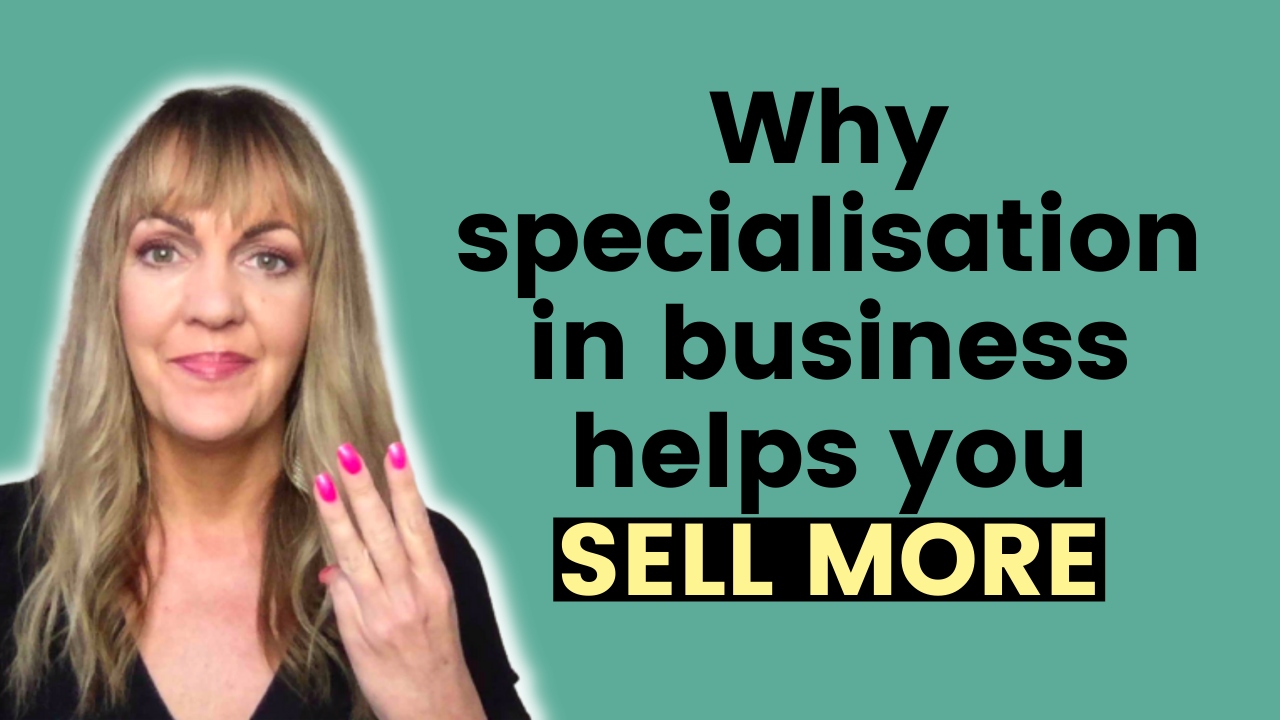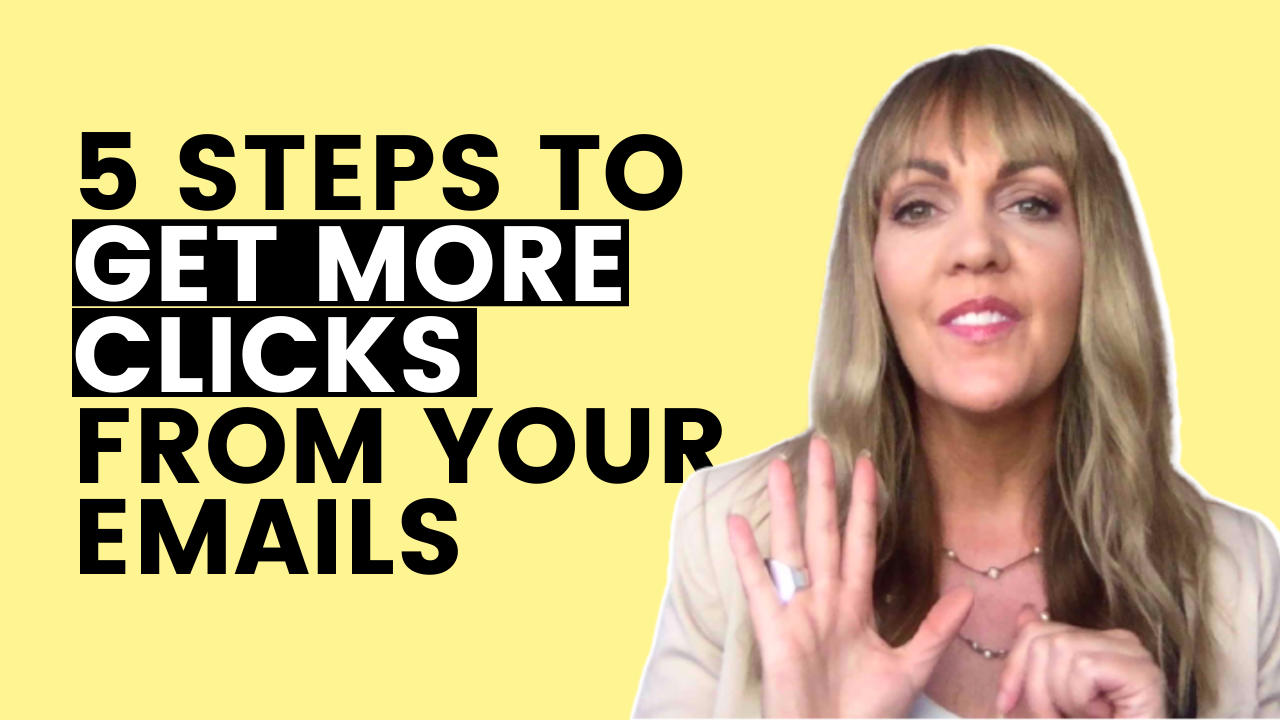Episode 34 Transcript
Heather:
Welcome back you guys. We're on episode 34 and I want you to think about something really quickly for me. Think back to when you made your most recent website live. Now for some of you it could have been 10 years ago. For some of you maybe you're, you know, maybe you're thinking about making your newest one live, your revamping, whenever it was, the last one. Think back to when you made the last one live. How did you make it come to life? Did you buy a theme? Did you go on like, um, a theme marketplace, like in Vato and buy the theme, did you choose a theme from Squarespace, like something that's pre-designed? Did you hire a designer to do something pretty for you? And then you sort of filled the text in, you put your content into that design. Did you copy a site that you liked? Did you say, Hey, I like that one. Hey, developer on Upwork, go out there and like make a copy. What did you do? when you made your website live. And second question is, how were your results? Or how are your results right now? Are they what you would hope for? So you guys, I get this question asked from time to time in my business, because if you don't know yet, my business is called Website Love. And we've built close to 600 websites over years now. And I've gotten some really great results for our clients. And So question I get asked a lot is, what's the best theme, AKA design, or sort of best practices for your website? So I wanna answer that question for you guys. If you do have a website that's not getting you great results, or you're thinking about having a new website or revamping your current website, you're sort of wondering, you know, what's the flow? What should you be considering to have a good website? So the first thing is, when you are creating a website, Normally what some people do is that they don't take into account your target market and their customer journey or their journey of how they decide to do business with you. So that's what you want to do. That's always where we start with our clients. So we're always going okay, like who's your target market? Where do they live? What do they need to know about you in order to ultimately become a customer of yours? So in marketing, there's something called the customer journey. And if you heard of it or not heard of it, I'll just do a really quick recap on what that is. And ultimately in any of your marketing, you really want to keep this in mind. So the first thing is, if you're looking at customer journey, it's kind of like almost like a marketing funnel that's been laid out on its side. So you're walking in steps in this journey with your customer. So picture like a stepping stones. The first stepping stone is awareness. And This is where somebody becomes aware of the problem that they have. So I'm going to think of a website that we're working on right now. Um, local business offers physio massage Pilates and that's, you know, what they do. Um, they do it in a very special way. You know, everyone has a different framework, a way of doing business, which is great. And a lot of websites never take that into account either. We'll talk about that in a minute. So with awareness for this, this would be somebody that, you know, most would have pain in their neck or their back or sports injury. And they're looking for a solution for that. So when you're considering that on a website that normally can look like, well, in his case, we'll give you what we're doing for him, an info portal. So the info portal is going to be like a blog or an article area. But what's great about his business is that he has practitioners that specialize in different areas, you know, massage and physio and Pilates. various expertises. So they're actually going to create content for the site in their own voice and their own wisdom in their own way of teaching and sharing. So it's like a way to almost try before you buy the practitioner or the therapist in the business as well. So the info portal is going to be really amazing content articles and tutorials taught by his team and very easily linked. If you've come across one of these videos or articles linked into the author, like through what's called like an author box, right, where you get to understand who created that content. And then there'll be links off to their services that they offer in that business. So when you're aware of this sort of pain that you literally have in your neck or your back, and you're coming into the site and you're consuming the content and you get to know the practitioner that way, it's a great way of educating somebody. Now, another thing too, is that they're gonna have what are called lead magnets, three of them actually. And it's good to have multiple sort of, you know, entry points into your business through great education or resources in different ways, because we all like to learn in different ways, right? So for him, there's gonna be like an assessment, a quiz. Somebody can take and understand how much pain that they're in or perhaps what's the right first step. Is it physio? Is it a first time client appointment? Is it going to be to, you know, do Pilates class? What is like kind of a good step for that person based on where they are? So quiz is a good one. We also have a download like sort of a checklist, like mini ebook is another one. And then a video as well, like a video masterclass where you can really get to see the owner of the business teach and share and give a lot of good value. So when you are aware of a problem, you are not necessarily ready to convert, become a customer, a patient, a client. You want to consume content. You want to get to know the business. So if you have a website without any of this additional information, For most markets, not necessarily all markets, but for most, you're kind of not having this initial entry point in the customer journey. You're not meeting people where they are with content that they need. So that's awareness. So first we map out, okay, well, here's some great awareness pieces of content for him. And then we go into consideration. So consideration is basically helping somebody to consider, weigh out their options of what they can do with your business. So in this case, really great info pages, pages that really talk about the distinct different services, but also helping somebody get to those pages as fast as they can, whether it's from the homepage or the menu, removing those friction, those little extra clicks whenever possible. So they go, okay, well, I've just taken the quiz and I've worked out that maybe because I'm not in a huge amount of pain and I wanna be more proactive, I might wanna do, check out Pilates, I've never done Pilates. So... you give them a good pathway into that page. And then that page fully supports Pilates. It has testimonials and case studies on, you know, clients that have come in and done the Pilates classes. It talks about the instructors and why you should trust them. It talks about, you know, you can get a free pass to come in or how long the classes are, FAQs. It's a self-contained page or environment where that person can really consider the options of taking the next steps with you. So that's consideration. Oftentimes we'll call those landing pages as well, you know, where somebody can go and sign up for something or, you know, go there from an advertisement or something like that. So we have awareness where we have info and lead magnets, we have consideration where we can have these info pages, we have conversion. This is now where you're guiding them into taking that step with you to become a customer or convert into your sales process. And you can do that through specials. um, first time client appointments or free passes, things like that. So if somebody's not ready to sign up for like a Pilates package, they can go. Actually, yeah, I want a free pass. I'm going to try before I buy. I want the free Pilates pass and I can go in and do a free class and see how I feel about that. So that is another thing to consider in conversion is, is sort of adding in elements to get people to take action now to, you know, remove the barriers of trust whenever possible, try before you buy, payment plans, obviously get on the sales call, those sorts of things. So you need to have those on the site as well. And then you have retention and advocacy. So for your current clients that you have to get them to come back, to get them to refer a business. And again, that goes back into the info portal. If there's great content there, they can easily just share with their friends or family, but also the email list as well. So... getting your clients on your email list, getting those people from the awareness phase that filled, you know, filled out forms to do the quiz or download the masterclass or the PDF, they're in your email list. So you keep having conversations with them over time. You keep sending them your blog content. You keep talking about your specials, keep sending them back to those info pages on your website. So there's a lot in that, right? But that is ultimately what you want to think about with your business is all those different touch points. And then you want to wrap your design around the content that you're going to create. So if your website does not support that, then it's not focused on supporting your visitors. Instead it's focused on you sort of thinking, I'm copying a website or must be right. If, if they've done, you know, I look up to this brand and must be right what they've done, right? So I'm going to copy it. Or it might be, Oh, I really love the look of this design. It's really pretty. Um, it's just a different way of thinking, right? Where you're wanting your website to support your visitors rather than just look nice. So you wanna think through all those elements. And to take it up a notch, you guys, just something to consider. Did you know that only approximately 20% of content on a given webpage on average is consumed? Only 20%. And there's something also called the three second rule in my space of web development. And that basically implies that you have three seconds approximately to make a really great first impression and help somebody know exactly what you do and what... they should do next. So they hit your home page. It's like, it's aesthetically nice, but has a really strong benefit statement or headline and clear navigation and clear buttons on what they can do next, whether they are a repeat return visitor or a first time visitor. So you have all that to think about too, not only the customer journey and having all these different pages and content and steps, but also scan ability and the ability for people to get really quickly to where they need to go. So overall, the best place to start for your new website or a website revamp is your content. So you develop something that fits around your client's journey as it applies to you because everyone's customer's journey might be a little bit different. And then you back it up with the graphics to support your messaging. So you think the customer journey, you develop the content and the copy and then you back all that up with the right design. So it's a little back to front from how a lot of people tend to work. Now, you guys. Did you know that my business I said earlier has built close to 600 websites? On average, we have at least doubled the leads and conversions off of those sites. So if you're sort of thinking, you know what, I've built my site back to front before the wrong way around. I'm working on a new website or you have a website and you're struggling with it. It's just not working. You've been trying things. Then come on over and get an audit. You just head over to websitelove.com.au forward slash audit website, love.com.au forward slash audit. and you can sign up for an audit and I'll do that audit and I'll look through your site knowing what I know about high converting websites. There's also some really great website resources over at hustlerebellion.com just go there and scroll down underneath the latest episodes and you'll see some website you know tools there you'll see like a masterclass you'll see checklist things it'll help you get your website converting more and bringing you in more business because that's after all what it is all about. So hopefully that was helpful hopefully that got you thinking a little bit more around at least my mindset and how I look at the strategy of websites that bring in business versus just a pretty brochure. And you guys, thank you so much for listening and as always, and I'll speak to you very soon.
